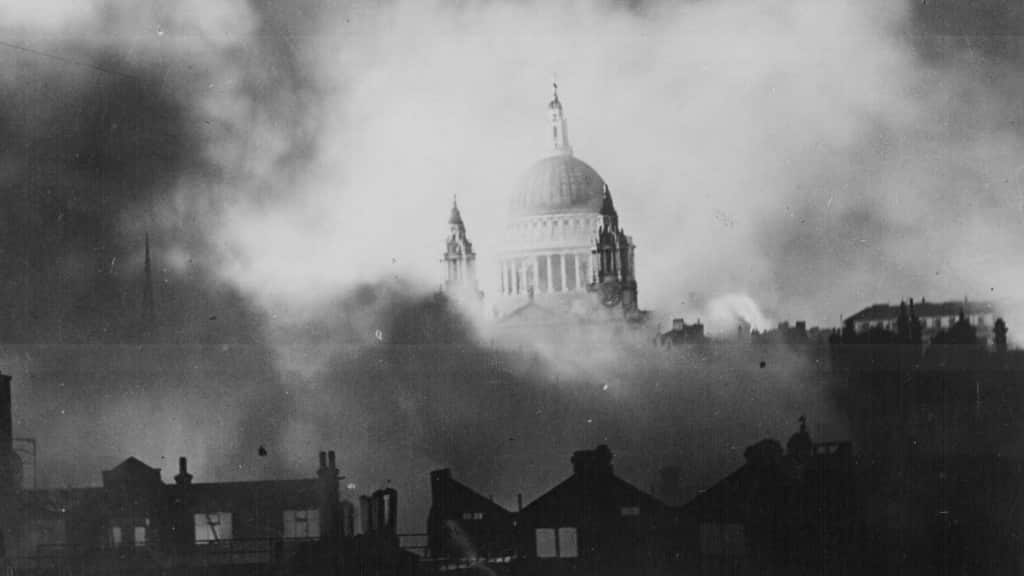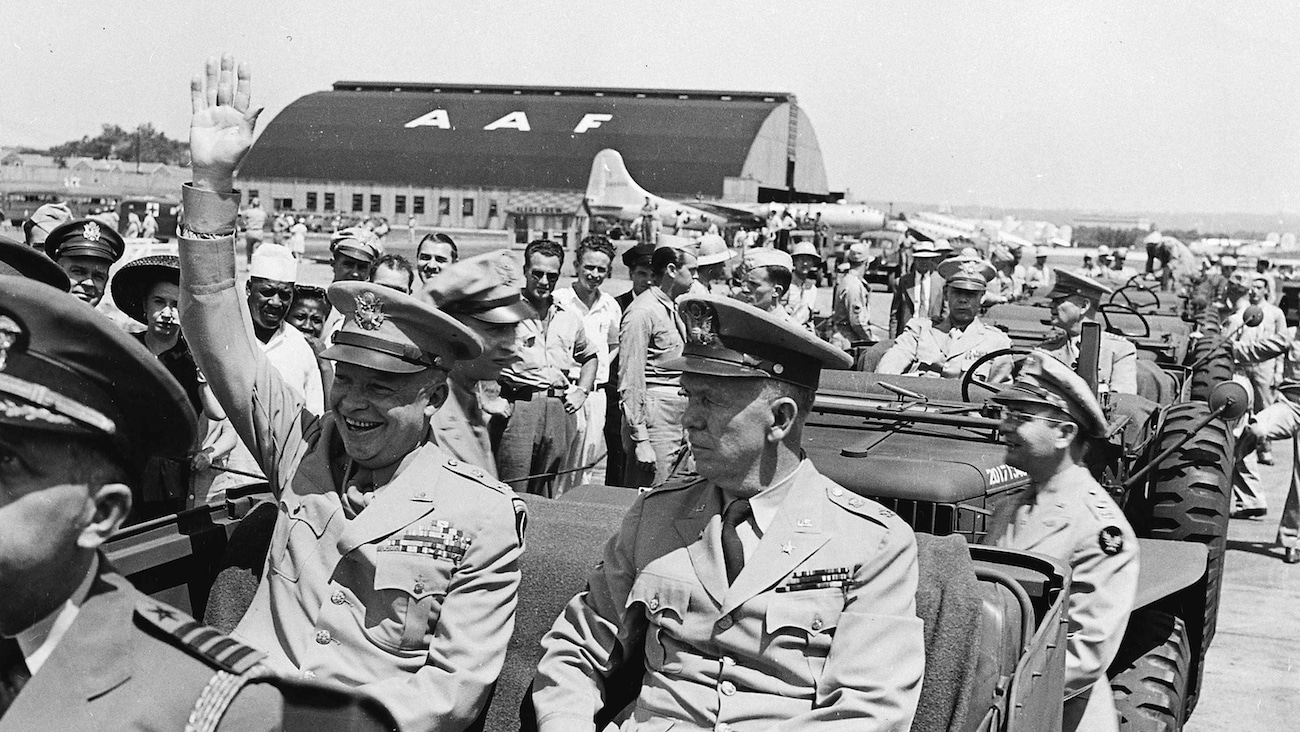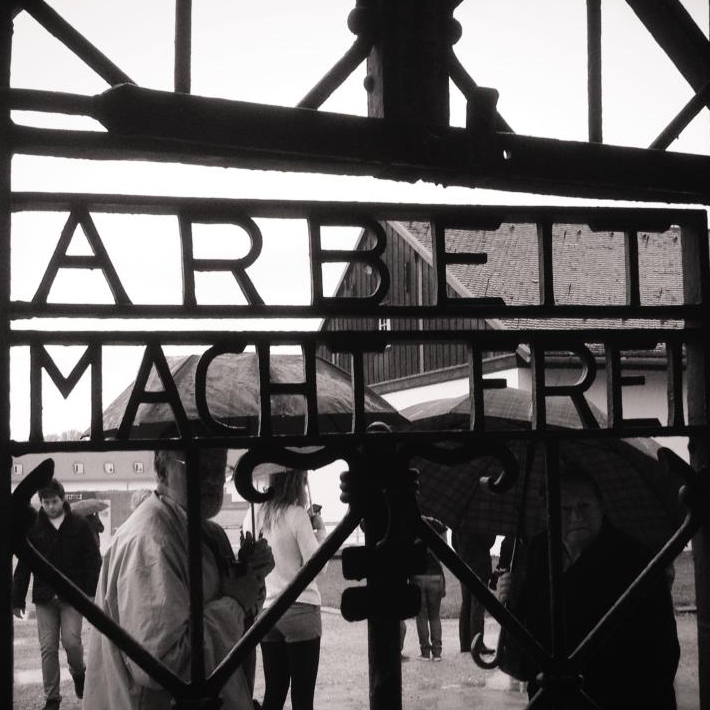Even at the height of the Blitz in World War 2, St. Paul’s Cathedral managed to survive intact, the famous “island in a sea of flames.” The aftermath is still visible today, for now St. Paul’s is mostly surrounded by modern postwar buildings, the old ones having been destroyed in the War. But there was at least one occasion when the Cathedral was nearly destroyed, when its existence hung on the most slender of threads.
On Wednesday night, September 11, 1940, at 2:30 AM, a Nazi bomb just missed the dome and landed in the churchyard of St. Paul’s, without exploding. It buried itself some 15 feet beneath the sidewalk, nearly under the clock tower at the southwest corner. The nearby homes and shops were promptly evacuated, and the area roped off.
A Royal Engineers bomb disposal squad was sent in at once. There were 5 of them in all, officered by a Lieutenant R. Davies, of the Royal Canadian Engineers. One of the first things they did was to raise a protective barrier of sandbags around the crater, in hopes of minimizing the damage if the bomb went off.
The Cathedral itself had in fact been strengthened in recent years during peacetime, beginning in 1913 when the 8 piers beneath the dome had been reinforced. Also, from 1925 to 1930 the spaces inside the piers were filled in with liquid cement. In addition, the foundation was enlarged. Finally, the dome’s base was kept from “spreading” by a circular chain of stainless steel, immediately below the Whispering Gallery, a chain some 450 feet long, and weighing almost 30 tons. Even so, any modern bomb explosion would almost certainly devastate the Cathedral.
The men had scarcely begun digging, however, when at 4:00 AM they encountered a broken 6-inch gas main, the escaping gas causing 3 of them to faint.
Then the gas burst into flames, and the squad had to retreat, while the bomb grew steadily warmer. Another team of brave men, 10 or 12 of them, were sent in by the Gas Light and Coke Company. When the Company foreman arrived, the first thing he and a colleague did was to apply artificial respiration to 2 of the gassed engineers, who seemed especially badly off.
The gas men eventually managed to cut off the gas. Then they flooded the main with water. Shortly after, the gas took fire again, and everyone threw themselves to the ground, except for Lt. Davies, who calmly remained standing along the edge of the crater. The fire was stopped a second and final time, at 4:30 PM, and the Royal Engineers could resume their work.
Perhaps, in passing, one should mention that the gas company had to repair dangerous gas mains all the time during the War. Their headquarters included a massive map representing 540 square miles, with pins all over it, of different colors, to indicate broken mains and others under repair. Like the war’s firefighters and bomb squads, the gas company staff deserve attention too.
Meanwhile, the Royal Engineers kept digging out the bomb, which could go off at any moment. They worked through September 12, 13, 14, and 15, some 82 ½ hours. They did not install any scaffolding, though the sides of the crater and the adjoining sidewalk could cave in on them.
First, the men dug through a layer of gravel and sand, and then black mud. The bomb, which weighed 1 ton, had slipped further through such soft soil, and by the time the crew reached it, it was now 26 feet down. The September 16, 1940 Daily Mail (page 1) later estimated that in another 24 hours, it would have sunk even further down and sideways, reaching under the Cathedral steps.
When the bomb was finally uncovered, during the mid-afternoon of the 15th, one engineer shouted down into the crater, “Have you got it yet?”. One of the younger engineers called up, “Yes. Here it is! Listen!”, and actually began ringing his shovel against the side of the bomb.
The bomb turned out to be some 8 feet long and 2 feet wide. It was covered in fuses, and was dangerous even to touch. In grinding its way through the earth, the bomb had become so smooth and polished, that it was difficult to get a grip on it.
Nevertheless, using 3 steel tackles, and two trucks in tandem, the men managed to lift out the bomb—-whereupon, just below the edge of the crater, it slipped and fell back in. They hauled it out a second time—and again, it slipped and fell back in.
The 3rd time was the lucky one. The crew got the bomb laid out on another truck, and drove off. Lt. Davies drove it himself, while 2 of his men straddled the bomb. It was taken to Hackney Marshes, and detonated there, ripping open a 100-foot wide hole, while the men cheered from a safe distance.
In gratitude, Canon F.A. Cockin shortly after took the men to a nearby inn for “suitable refreshment,” as he phrased it. Canon Cockin later acquired a list of signatures from the engineers, “which will be preserved as a greatly prized possession by the Cathedral.” Also, the Dean and the Chapter were to take “steps to express their appreciation in suitable form.”
The British government publicly thanked the men, saying “only the courage and tenacity of the officer and his non-coms prevented St. Paul’s being leveled to the ground.” The bomb itself was “of the biggest size ever dropped on London.”
As for the Nazis, their official statement in the September 16, 1940 New York Times (page 1), in still-neutral America, was that no such bomb had landed near the Cathedral, calling the report “agitatory propaganda not be taken seriously.” Also, “Nobody who is an expert in these affairs would say that a single bomb endangers this whole huge cathedral.”
On the other hand, one of the engineers was quoted as saying, “ I think when this war’s over I shall retire and keep rabbits.”






